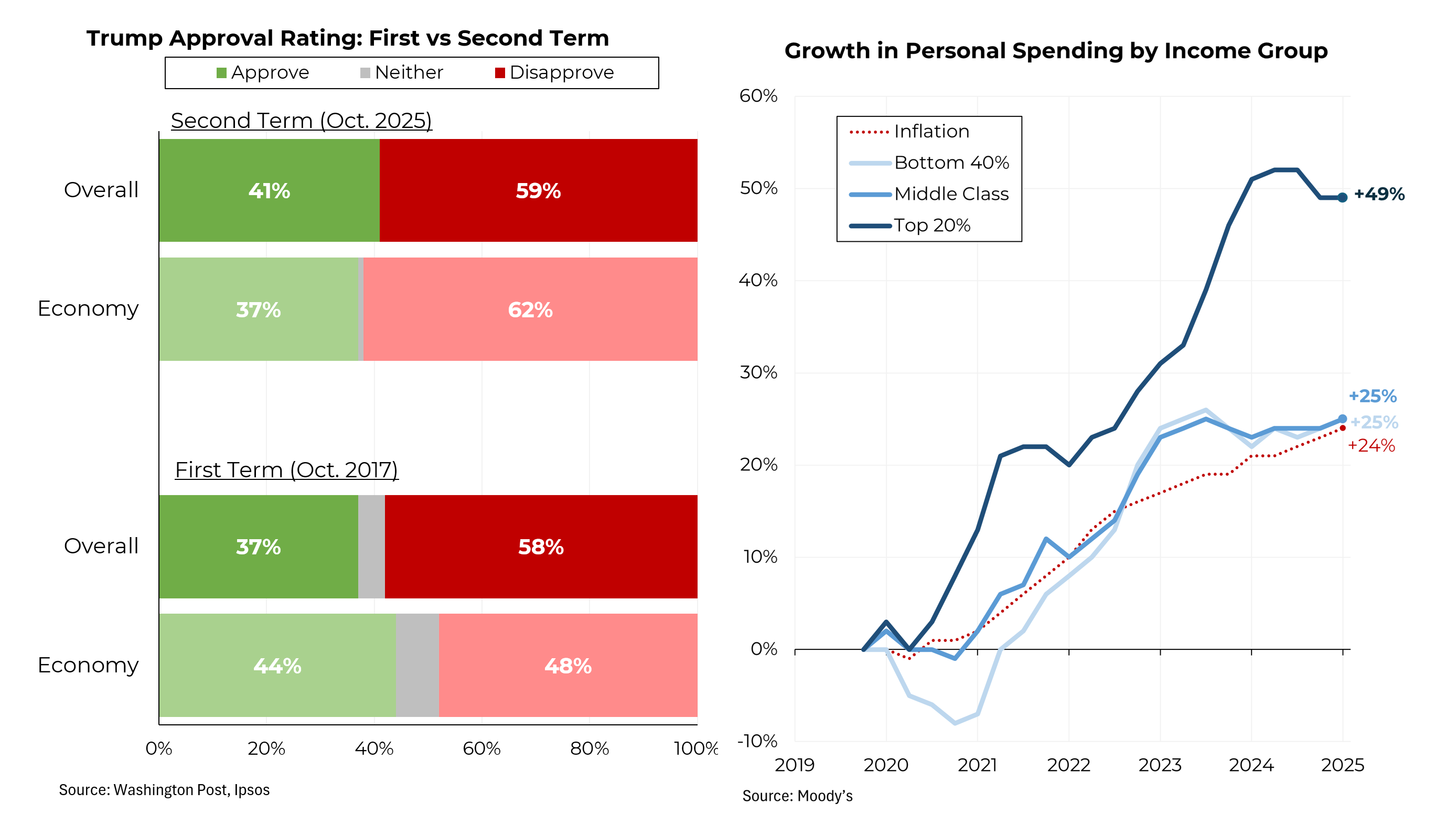The nation’s economic performance is almost always central to the outcome of Presidential elections. Many economists have developed models to use economic data to predict election outcomes; the most reliable of those suggest that the economy should be an advantage for Republicans this time around. But in 2016, the data is particularly murky. (See Morning Joe video here.)
Friday’s announcement that the economy grew at only a 1.2% rate in the fourth quarter led commentators to point out again that this recovery has been the slowest of the post-war period, only a 2.1% rate of expansion. That’s far below the 4%+ rate of most recoveries and slower even than the recovery that followed the dot-com collapse and 9/11. There are many reasons for this: recoveries following financial crises tend to be slower, productivity has been increasing at only a modest pace, America’s population is growing more slowly and, more controversially, the speed with which the budget deficit was brought down has hurt growth.
On the other hand, the unemployment rate has fallen steadily since touching 10% in 2009 and is now below 5%, a level that is generally considered close to full employment. While some of that drop has resulted from discouraged workers leaving the labor force, we have now had 76 consecutive months of positive job growth, the longest such stretch since records were kept. Over the past year, we have averaged about 200,000 new jobs per month, well above the level needed to accommodate workers entering the labor force (approximately 125,000 jobs per month.)
Central to Donald Trump’s campaign is his argument that American workers have been left behind by globalization and technological change. At least until recently, there has been considerable support for that view in wage and income data. Median family income (after adjustment for inflation) fell from its peak of $58,347 in February 2002 to $52,262 in June 2011. And with income inequality worsening, those Americans below the median (think of working class males with only high school educations) fared even worse.
But what has gotten less attention is that incomes have begun rising again and by this measure, they are nearly back to their peak. In fairness, while other measures of wages and earnings have also shown increases, they do not yet show the dramatic upturn that this data series displays. But last year, for example, the bottom 99% enjoyed the fastest increase in real incomes since 1998.
While the better news about the economy presumably has helped President Obama’s approval rating recover to about 50%, the percentage of Americans satisfied with the state of the country (the “right track/wrong track” numbers) remains low, at about 29%. That could be considered bad news for Hillary Clinton except for two factors: First, in six of the past eight presidential elections, more Americans have been dissatisfied with the state of the country than have been satisfied. And second, there’s no evidently strong correlation between the right track/wrong track polling data and whether the incumbent party stays in office.









